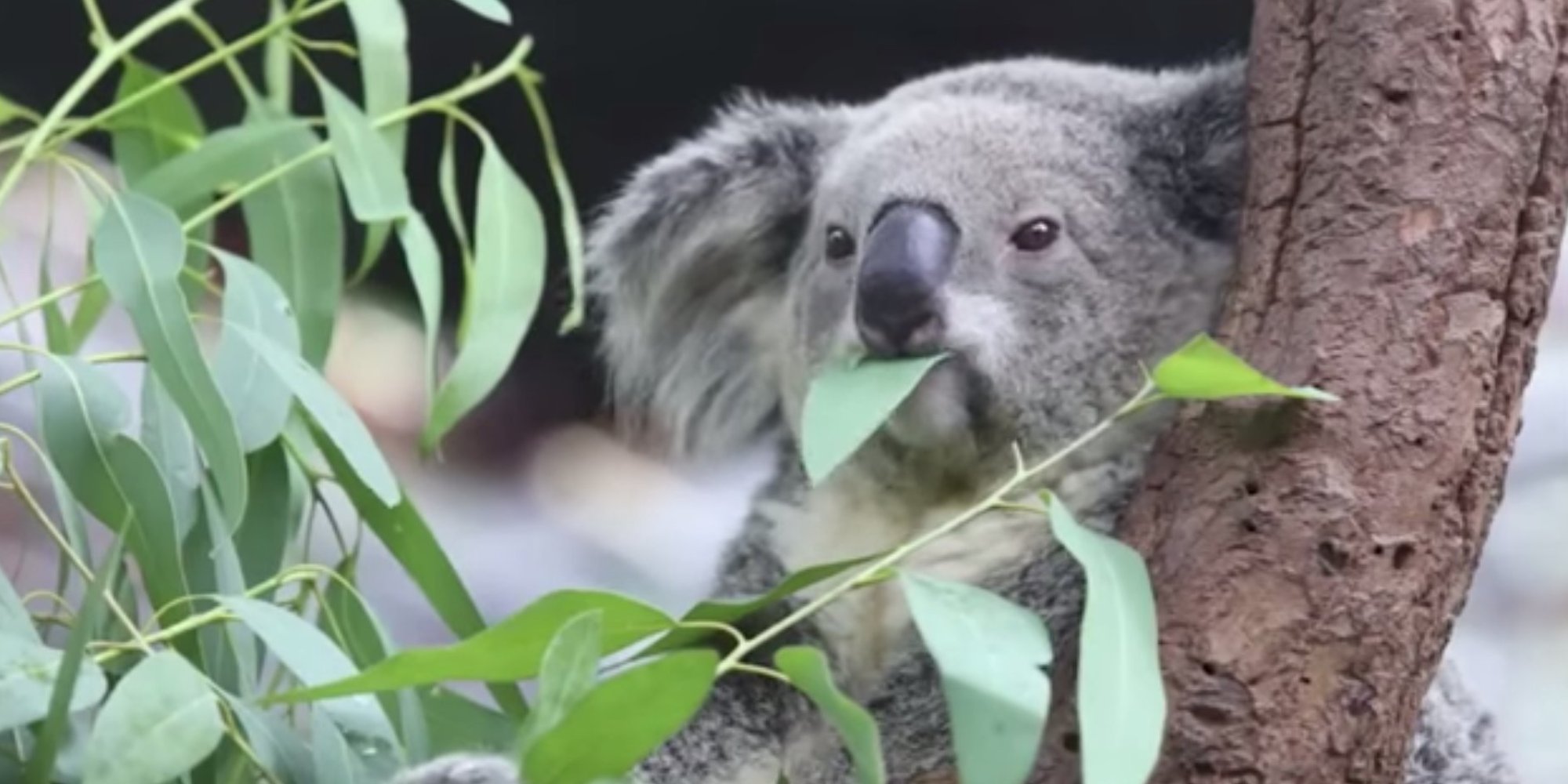- Unknown
-
 Wednesday, November 9, 2016
Wednesday, November 9, 2016 -
 0 Comments
0 Comments
Here are a handful of fascinating, little-known facts about some of the weirdest creatures: Marsupials facts
Marsupials are most diverse in Australia and New Guinea where there are no placental mammals.
Wherever placental mammals and marsupials evolved side-by-side for long periods of time, placental mammals often displaced marsupials through competition for similar niches. In regions where marsupials were isolated from placental mammals, marsupials diversified. This is the case with Australia and New Guinea, where placental mammals are absent and where marsupials were allowed to diversify into a variety of different forms. This might be strange but fact of life with Marsupials.
One species of marsupial that inhabits South America is more closely related to Australian marsupials than American marsupials.
The monito del monte, a marsupial from Argentina and Chile, is more genetically similar to Australian marsupials than it is to the American marsupials with which it shares its continent. It is thought that the monito del monte's similarity to Australian marsupials supports the hypothesis that marsupials spread from South America to Australia by way of Antarctica at a time when those land masses were connected, between 100 and 65 million years ago. Fossil evidence also supports this theory.
Marsupials do not nourish their embryos with a placenta.
A major difference between marsupials and placental mammals is that marsupials lack a placenta while in the uterus. In contrast, placental mammals develop within the mother's womb and are nourished by a placenta. The placenta—which connects the embryo of a placental mammal to the mother's blood supply—provides the embryo with nutrients, gas exchange and waste elimination. Marsupials, in contrast, lack a placenta and are are born at an earlier stage in their development than placental mammals. After birth, marsupial young continue their development nourished by their mother's milk.
Marsupials give birth to their young very early in their development.
When they are born, marsupials are nearly embryonic state. At birth, their eyes, ears and rear limbs are poorly developed. In contrast, structures that they need to crawl to their mother's pouch to nurse are well developed. This includes their forelimbs, nostrils, and mouth are well developed.
After they are born, most young marsupials continue their development in their mother's pouch.
They must craw from the mother's birth canal to her nipples, which are in most species located within a pouch on her belly. Once in the pouch, the newborn attaches itself to a nipple and feed on their mother's milk while they continue their development. When they reach a level of development similar to a newborn placental mammal, they emerge from the pouch. Enjoy the best collection of science facts on our site to widen your knowledge.
Female marsupials have a double reproductive tract.
Female marsupials have two uteri. Each uterus has its own lateral vagina and young are born through a central birth canal. In contrast, female placental mammals have only one uterus and one vagina.
Marsupials move using a variety of methods.

Kangaroos and wallabies use their long back legs to hop. When they hop at low speeds, it requires considerable energy and is quite inefficient. But when they hop at high speeds, the movement becomes much more efficient. Other marsupials move by running on all four limbs or by climbing or waddle.
Only one species of marsupial inhabits North America.
The Virginia opossum is the only species of marsupial that inhabits North America. Virginia opossums are solitary nocturnal marsupials and are the largest of all opossums.
The smallest marsupial is the long-tailed planigale.
Long-tailed planigales measure between 2 and 2.3 inches and weigh on average a mere 4.3 grams. Long-tailed planigales inhabit a variety of habitats in northern Australia including clay soil woodlands, grasslands and floodplains.
The largest marsupial is the red kangaroo.
The red kangaroo is the largest of the marsupials. Male red kangaroos grow to be more than twice the weight of females. Male red kangaroos are rusty red in color and weigh between 55 and 200 pounds. They measure between 3¼ and 5¼ feet long.
If you’re looking for the most interesting tiger facts for kids , you’re at the right place. Let’s check out now.
mamal , Marsupial facts , Marsupials , Other news
Subscribe to:
Post Comments (Atom)











0 comments: